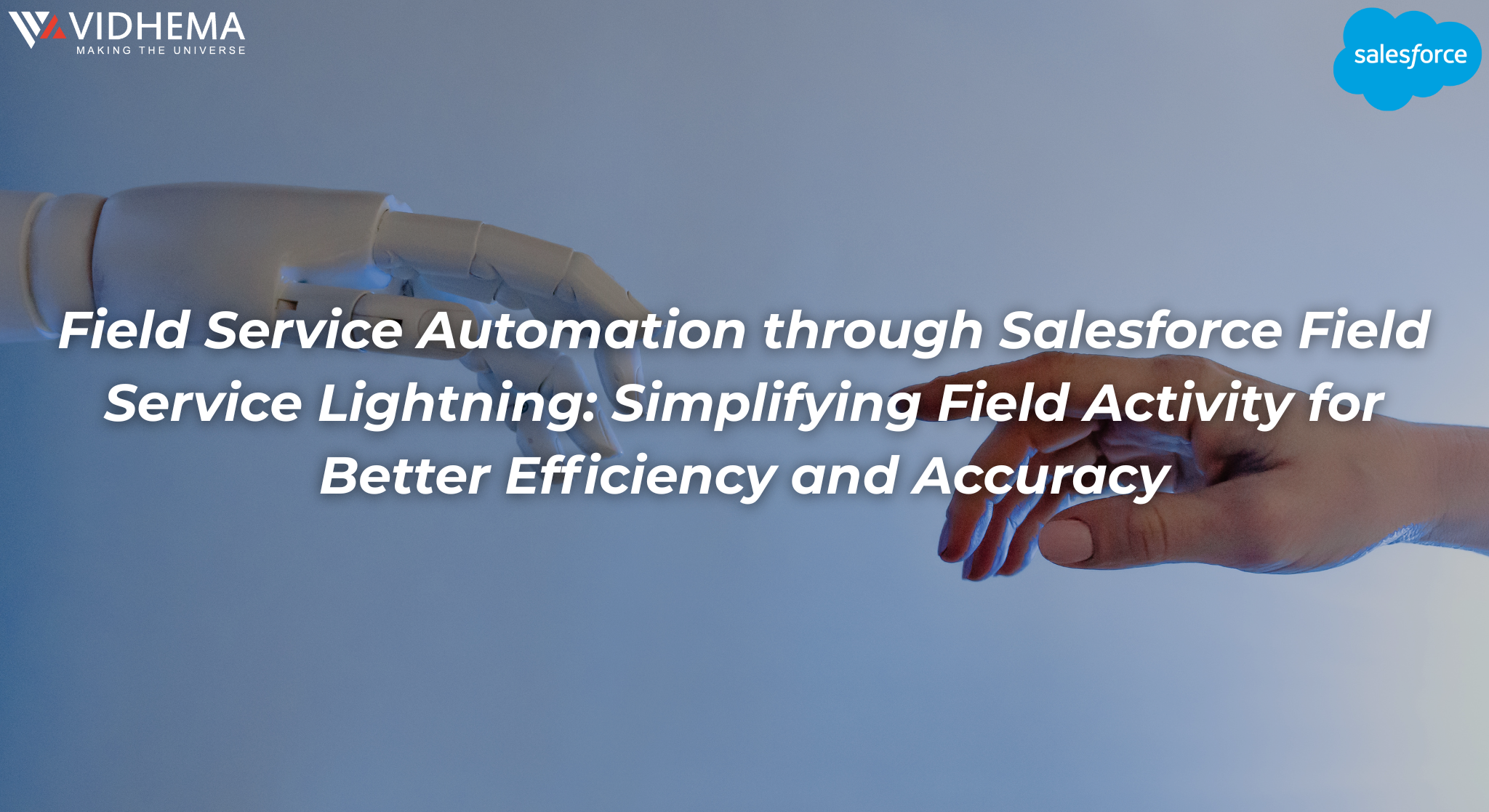
Introduction:
In today's hyperconnected world, the Internet of Things (IoT) stands at the forefront of innovation, revolutionizing the way we live, work, and interact with the world around us. From smart homes and connected devices to industrial automation and smart cities, IoT technology has the potential to reshape industries, streamline processes, and enhance the quality of life for billions of people worldwide. Join us as we embark on a journey through the future of IoT, exploring its transformative impact, emerging trends, and the boundless possibilities that lie ahead.
The Internet of Things, or IoT, is a revolutionary idea in which common objects are connected to the Internet so they may gather, share, and use data. IoT technology is changing how we live, work, and interact with the world around us. Examples of these include smart homes, wearable technology, industrial sensors, and smart cities. IoT has the potential to boost productivity, stimulate innovation, and improve quality of life in a variety of fields and industries by utilizing data analytics and connectivity.
Unleashing the Power of Connectivity
At its core, IoT is all about connectivity – the ability to seamlessly connect devices, sensors, and systems to the internet and each other, enabling them to communicate, exchange data, and make intelligent decisions in real time. This interconnected network of "things" has the power to revolutionize virtually every aspect of our lives, from home automation and healthcare to transportation and agriculture, unlocking unprecedented levels of efficiency, productivity, and convenience.
Transforming Industries and Businesses
In the business world, IoT technology is driving digital transformation and reshaping industries in profound ways. From manufacturing and logistics to retail and healthcare, businesses are leveraging IoT solutions to optimize processes, reduce costs, and gain valuable insights into their operations. Smart sensors and data analytics enable predictive maintenance, real-time inventory management, and personalized customer experiences, empowering businesses to stay competitive in today's fast-paced digital economy.
Empowering Smart Cities and Sustainable Living
The concept of smart cities is rapidly gaining traction as urban populations continue to grow and cities grapple with pressing challenges such as traffic congestion, pollution, and resource scarcity. IoT technology plays a pivotal role in building smarter, more sustainable cities by enabling efficient energy management, intelligent transportation systems, and data-driven urban planning. From smart streetlights that adjust brightness based on traffic flow to waste management systems that optimize collection routes, IoT solutions are revolutionizing urban infrastructure and paving the way for a more livable and sustainable future.
Overcoming Challenges and Security Concerns
While the future of IoT holds immense promise, it also poses significant challenges, particularly in terms of cybersecurity and data privacy. As the number of connected devices continues to proliferate, so too does the risk of cyberattacks and data breaches. Protecting sensitive information and ensuring the security of IoT devices and networks is paramount to realizing the full potential of IoT technology. Industry stakeholders must work together to develop robust security protocols, standards, and best practices to safeguard against emerging threats and build trust in IoT solutions.
Advantages of the Internet of Things (IoT):
1. Increased Efficiency: IoT enables automation and optimization of processes, leading to increased efficiency and productivity.
2. Data-driven Insights: IoT devices collect vast amounts of data, providing valuable insights for better decision-making and performance optimization.
3. Improved Convenience: IoT enhances convenience by enabling remote monitoring and control of devices, leading to seamless and intuitive user experiences.
4. Cost Savings: IoT can reduce operational costs through predictive maintenance, energy efficiency, and resource optimization.
5. Enhanced Safety and Security: IoT devices can monitor and respond to potential hazards in real time, enhancing safety and security in various environments.
Disadvantages of the Internet of Things (IoT):
1. Privacy Concerns: The vast amount of data collected by IoT devices raises privacy concerns regarding the security and confidentiality of personal information.
2. Security Vulnerabilities: IoT devices are susceptible to cyberattacks and hacking due to inadequate security measures and vulnerabilities in device firmware and software.
3. Interoperability Issues: Lack of standardization and interoperability among IoT devices can hinder seamless communication and integration.
4. Complexity and Scalability: Managing large-scale IoT deployments can be complex and challenging, requiring robust infrastructure and management solutions.
5. Dependency on Connectivity: IoT functionality relies heavily on internet connectivity, leading to potential disruptions in case of network outages or connectivity issues.
Conclusion: Shaping a Connected Future
In conclusion, the future of IoT is one of boundless possibilities and transformative impact. From revolutionizing industries and empowering businesses to creating smarter, more sustainable cities and enhancing quality of life, IoT technology has the power to shape a connected future that is more efficient, resilient, and inclusive. As we navigate the complexities and challenges ahead, it is essential that we embrace the potential of IoT technology while remaining vigilant about security and privacy concerns. Together, we can harness the power of connectivity to build a brighter, more connected world for generations to come.
Frequently Asked Questions
A lot of people don't appreciate the moment until it’s passed. I'm not trying my hardest, and I'm not trying to do
The Internet of Things (IoT) refers to a network of interconnected devices, sensors, and systems that communicate and exchange data over the internet. These devices are equipped with sensors and actuators that enable them to collect data, analyze it, and take intelligent actions based on predefined parameters.
IoT technology is used in a wide range of applications, including smart homes (smart thermostats, security cameras), wearable devices (fitness trackers, smartwatches), industrial automation (smart factories, predictive maintenance), healthcare (remote patient monitoring, medical wearables), agriculture (precision farming, crop monitoring), and smart cities (traffic management, environmental monitoring).
IoT technology offers numerous benefits, including increased efficiency and productivity, cost savings, improved decision-making through data analytics, enhanced customer experiences, and the ability to automate repetitive tasks and processes.
Some of the challenges associated with IoT implementation include security concerns (cybersecurity threats, data privacy issues), interoperability between different devices and platforms, scalability (managing large-scale deployments), regulatory compliance, and the need for skilled professionals with expertise in IoT technology.
Businesses can leverage IoT technology to gain a competitive advantage by optimizing processes, reducing costs, improving operational efficiency, enhancing customer experiences, and unlocking new revenue streams through innovative products and services. By harnessing the power of data and connectivity, businesses can stay ahead of the curve in today's digital economy.
Some emerging trends in IoT technology include edge computing (processing data closer to the source), artificial intelligence and machine learning (leveraging data analytics for predictive insights), 5G connectivity (enabling faster and more reliable communication between devices), blockchain (ensuring secure and transparent transactions), and the rise of IoT platforms and ecosystems that enable seamless integration and collaboration between different devices and systems.
Individuals can protect their privacy and security in a world of connected devices by implementing strong passwords and encryption, keeping software and firmware up to date, being cautious about sharing personal information, using security features such as two-factor authentication, and being vigilant about potential security threats and vulnerabilities. Additionally, manufacturers and developers must prioritize security by design and adhere to best practices for securing IoT devices and networks.

